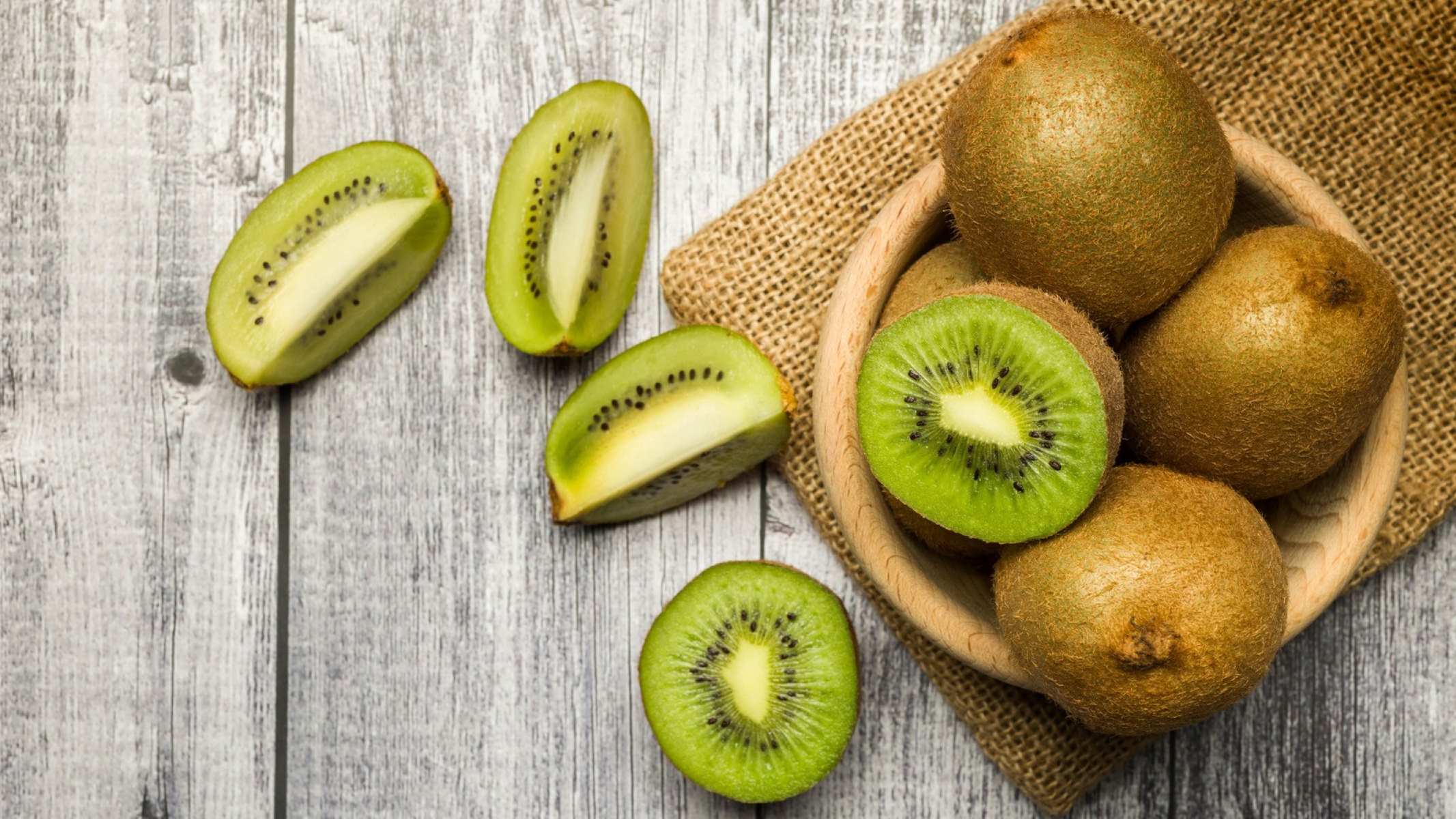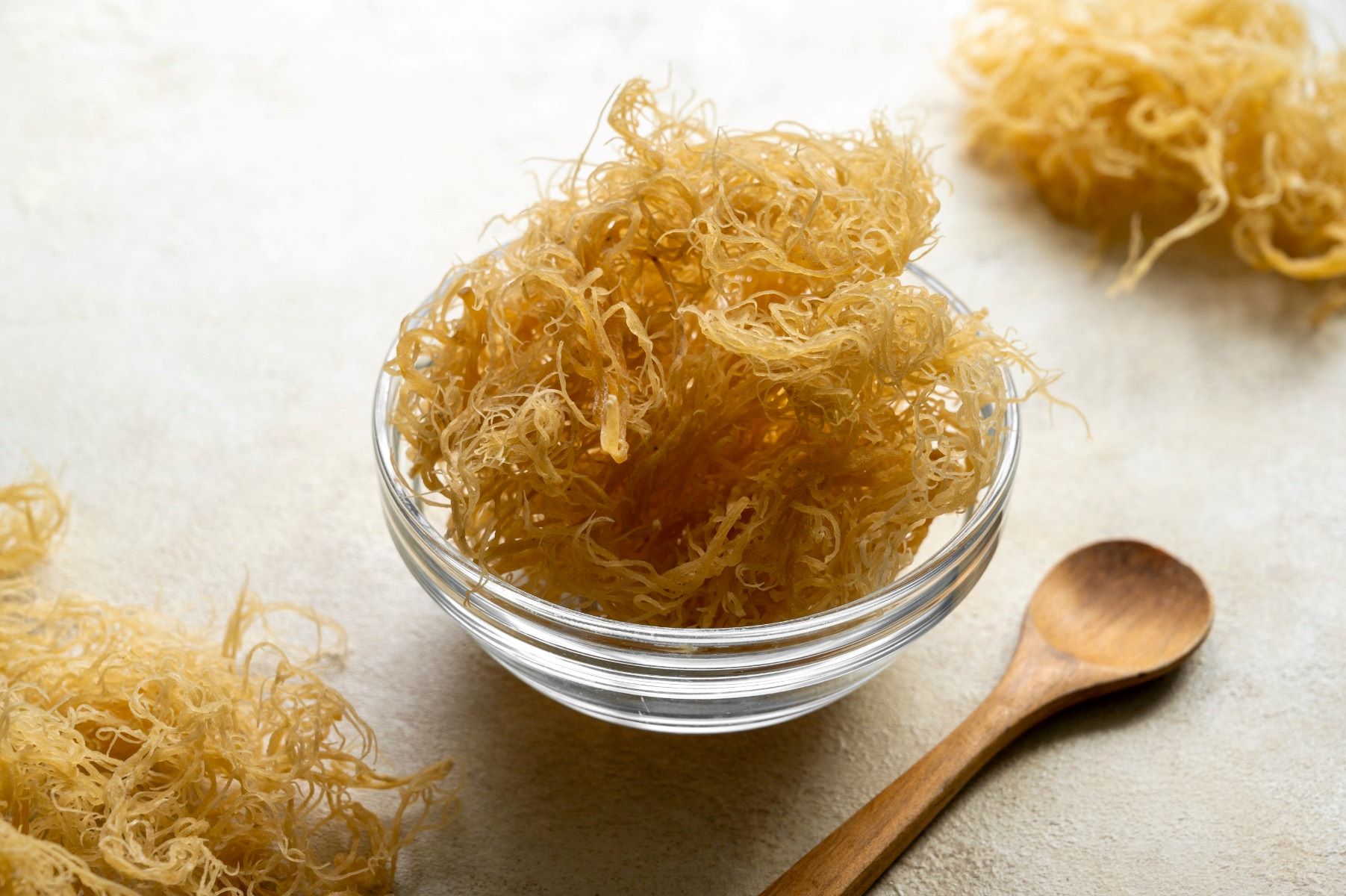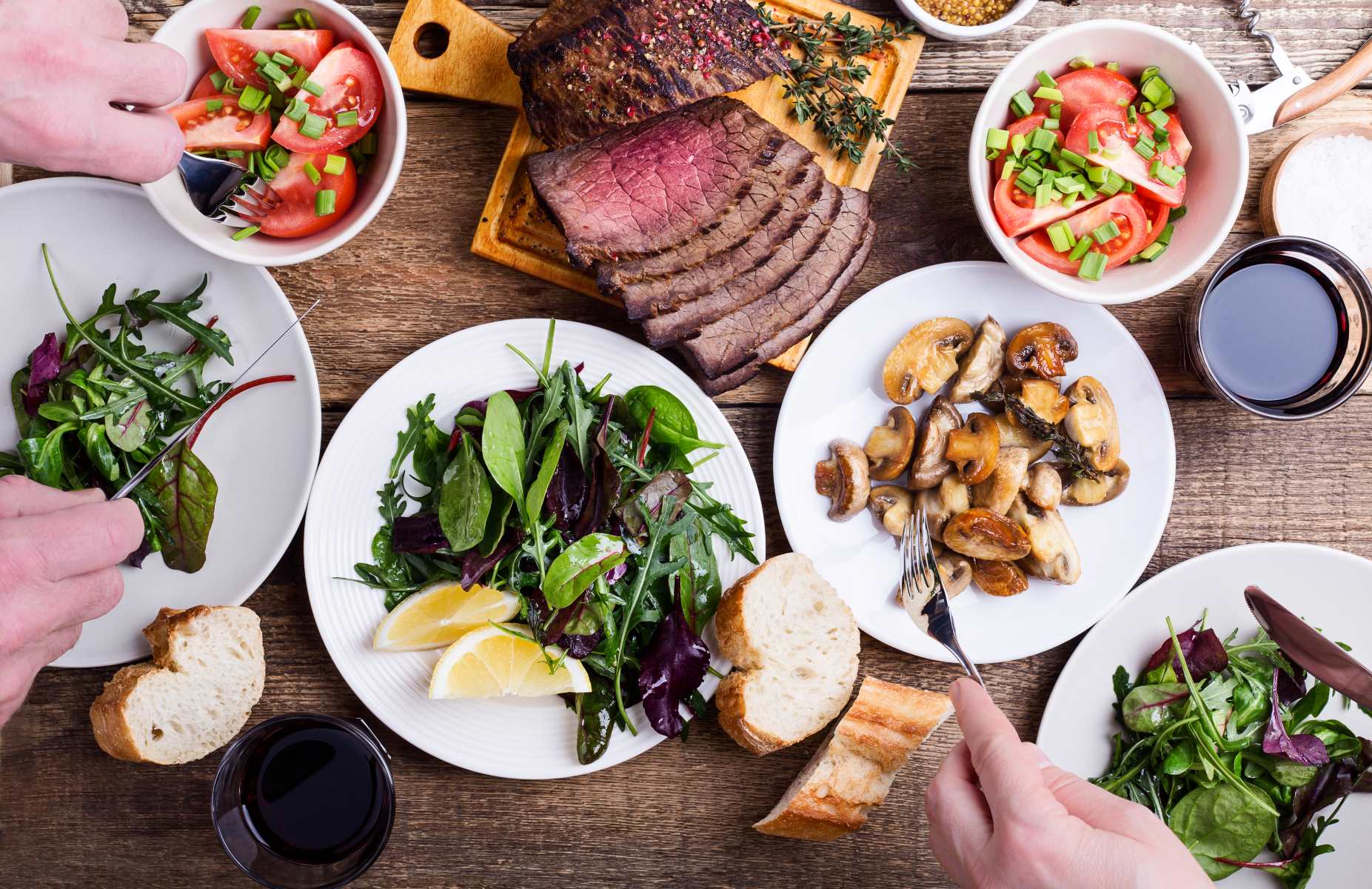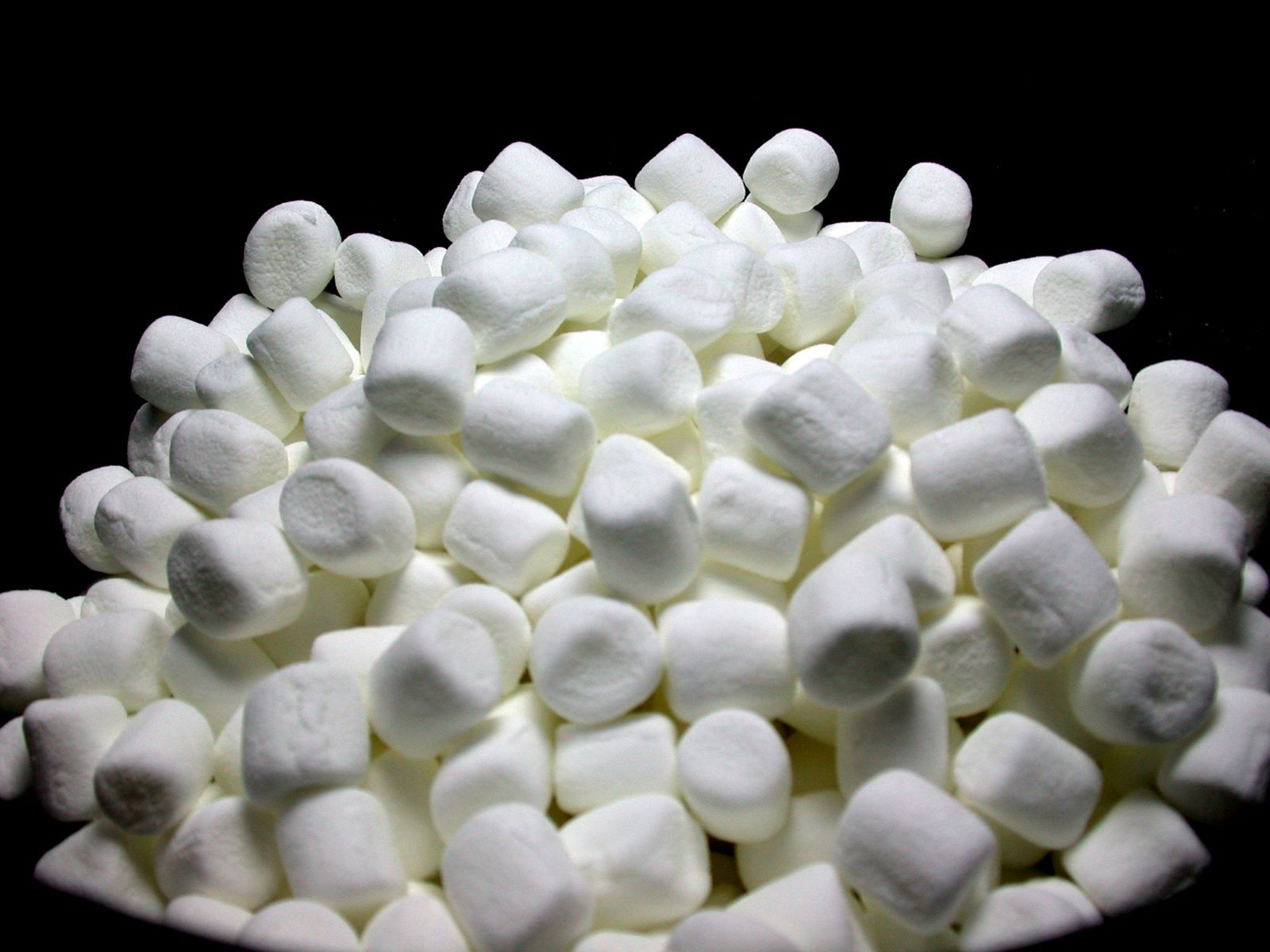Home>Food and Cooking>How To Eat A Kiwi


Food and Cooking
How To Eat A Kiwi
Published: March 5, 2024
Learn the best ways to eat a kiwi with our expert tips and tricks. From slicing to scooping, discover the ultimate guide to enjoying this delicious fruit. Perfect for food and cooking enthusiasts!
(Many of the links in this article redirect to a specific reviewed product. Your purchase of these products through affiliate links helps to generate commission for Regretless.com, at no extra cost. Learn more)
Table of Contents
Introduction
Kiwi, also known as kiwifruit or Chinese gooseberry, is a small, fuzzy fruit with a unique combination of sweet and tangy flavors. This exotic fruit is not only delicious but also packed with essential nutrients, making it a popular choice for health-conscious individuals and food enthusiasts alike.
The kiwi fruit is native to China and was originally known as the Chinese gooseberry due to its origin and resemblance to the gooseberry. However, it was later renamed "kiwifruit" in honor of New Zealand's national bird, the kiwi, which shares a similar fuzzy brown exterior with the fruit.
With its vibrant green flesh speckled with tiny black seeds and a slightly tart taste, the kiwi offers a delightful sensory experience. Its versatility in culinary applications, from being enjoyed fresh to being used in smoothies, salads, and desserts, makes it a versatile ingredient in the kitchen.
In addition to its delectable taste, kiwi is a nutritional powerhouse. It is renowned for its high vitamin C content, which surpasses that of oranges, and is also a good source of dietary fiber, vitamin K, vitamin E, and potassium. Furthermore, kiwi contains antioxidants and enzymes that offer various health benefits, including aiding digestion and supporting immune function.
Whether you are a seasoned kiwi enthusiast or trying this fruit for the first time, this comprehensive guide will walk you through the process of selecting, preparing, and savoring kiwi in various ways. From choosing the perfect ripe kiwi to exploring creative ways to incorporate it into your culinary repertoire, this article will equip you with the knowledge and inspiration to make the most of this delightful fruit. So, let's embark on a flavorful journey and discover the art of enjoying kiwi to the fullest!
Read more: How To Eat Snow Crab Legs
Choosing a Ripe Kiwi
When selecting a kiwi, it's essential to choose one that is ripe and ready to eat. A ripe kiwi will offer the perfect balance of sweetness and tanginess, along with a luscious texture that is enjoyable to eat. Here's how to identify a ripe kiwi:
1. Texture:
Gently squeeze the kiwi to assess its firmness. A ripe kiwi should yield slightly to pressure, indicating that the fruit is soft and juicy. Avoid kiwis that are excessively soft or mushy, as they may be overripe and have a fermented taste.
2. Appearance:
Inspect the skin of the kiwi. A ripe kiwi typically has a brown, fuzzy exterior with a slight give when pressed. The fruit should not have any wrinkles or overly soft spots, as these may indicate spoilage or dehydration.
3. Fragrance:
Take a whiff near the stem end of the kiwi. A ripe kiwi will emit a sweet, fragrant aroma, signaling that it is at its peak ripeness. If the kiwi lacks a noticeable scent or has a sour odor, it may not be fully ripe.
Read more: Expired Tofu: Is It Still Safe To Eat?
4. Color:
While the most common variety of kiwi has vibrant green flesh, the color of the skin can vary. Look for a kiwi with a consistent, rich color and minimal blemishes. Some ripe kiwis may also have a golden hue, depending on the variety.
5. Weight:
A ripe kiwi should feel substantial for its size, indicating that it is juicy and filled with flavorful flesh. Heftier kiwis often contain more juice and are a good indicator of ripeness.
By considering these factors, you can confidently select ripe kiwis that are primed for consumption. Once you've chosen the perfect kiwi, the next step is to prepare it for a delightful culinary experience.
Washing and Preparing the Kiwi
Before indulging in the delectable flesh of a kiwi, it's crucial to ensure that the fruit is thoroughly washed and prepared. This process not only removes any potential contaminants from the skin but also enhances the overall eating experience. Here's a step-by-step guide on how to wash and prepare a kiwi:
-
Rinsing the Kiwi: Begin by rinsing the kiwi under cool, running water. Gently rub the skin with your fingers to remove any dirt, debris, or residual pesticides. This initial rinse helps eliminate surface impurities and ensures that the skin is clean before consumption.
-
Peeling the Kiwi: While the skin of a kiwi is edible and packed with nutrients, some individuals prefer to peel the fruit before eating it. To peel a kiwi, start by cutting off both ends using a sharp knife. Once the ends are removed, slide a spoon between the skin and the flesh, following the curve of the fruit. Rotate the kiwi as you glide the spoon around it, separating the skin from the flesh. The skin should easily detach, leaving behind the vibrant green or golden flesh.
-
Slicing the Kiwi: If you prefer to enjoy the kiwi in slices, simply cut the peeled fruit into rounds or wedges using a sharp knife. The slices can be added to fruit salads, yogurt parfaits, or used as a decorative garnish for desserts.
-
Dicing the Kiwi: For recipes that call for diced kiwi, such as salsas or chutneys, dice the peeled fruit into small, uniform pieces. The diced kiwi can add a burst of flavor and vibrant color to various dishes, elevating their visual appeal and taste.
-
Mashing or Pureeing the Kiwi: Kiwi can also be mashed or pureed to create smooth textures for sauces, dressings, or beverages. Simply scoop out the flesh of the peeled kiwi and use a fork to mash it or a blender to puree it, depending on the desired consistency.
By following these steps, you can ensure that the kiwi is clean, peeled, and prepared according to your preference, setting the stage for a delightful culinary experience. Whether you choose to savor the fruit in its natural form, incorporate it into recipes, or explore innovative culinary applications, the washing and preparation process lays the foundation for enjoying kiwi in various delightful ways.
Eating the Kiwi
Once the kiwi is ripe, washed, and prepared to your liking, it's time to indulge in its luscious flesh and delightful flavor. Eating a kiwi can be a sensory experience that engages multiple senses, from its vibrant appearance to its juicy texture and sweet-tart taste. Here's how to savor the kiwi in its natural form:
-
Whole Fruit: For a simple and convenient way to enjoy a kiwi, consider consuming it whole. After washing and optionally peeling the fruit, take a bite and relish the contrast between the tender flesh and the tiny, edible black seeds. The combination of sweetness and tanginess creates a refreshing burst of flavor with each bite.
-
Sliced Kiwi: If you prefer a more refined presentation, slice the kiwi into rounds or wedges. The vibrant green or golden slices can be arranged on a plate or used to adorn other dishes, adding a pop of color and a hint of tropical sweetness to your culinary creations.
-
Incorporating the Skin: While many people peel kiwis before eating them, the skin is entirely edible and offers a unique texture and added fiber. If you enjoy a slightly tangy and contrasting texture, consider consuming the kiwi with its skin intact. This approach not only maximizes the nutritional benefits but also reduces food waste.
-
Pairing with Other Foods: Kiwi pairs exceptionally well with various foods, making it a versatile ingredient in both sweet and savory dishes. Consider combining sliced kiwi with yogurt, blending it into smoothies, adding it to fruit salads, or using it as a topping for oatmeal or cereal. The sweet-tart flavor of kiwi can also complement savory dishes, such as seafood ceviche or grilled meats.
-
Creative Culinary Uses: Beyond traditional methods of consuming kiwi, explore creative culinary applications such as incorporating diced kiwi into salsas, chutneys, or relishes. Kiwi can also be used to garnish cocktails, infuse flavor into homemade popsicles, or elevate the visual appeal of desserts.
By savoring the kiwi in various ways, you can appreciate its versatility and vibrant flavor profile. Whether enjoyed on its own, paired with complementary ingredients, or used as a versatile culinary component, the kiwi offers a delightful eating experience that can be tailored to suit individual preferences and culinary creativity.
Tips for Enjoying Kiwi in Different Ways
-
Kiwi Smoothies and Juices: Incorporate ripe kiwi into smoothies and juices for a refreshing and nutritious beverage. Blend peeled kiwi with other fruits such as bananas, strawberries, or oranges, along with a splash of coconut water or almond milk, to create a vibrant and invigorating smoothie. The natural sweetness and tanginess of kiwi add a delightful twist to any blended drink, making it a perfect choice for a revitalizing morning boost or a post-workout refresher.
-
Kiwi Salsa and Relish: Dice ripe kiwi and combine it with diced tomatoes, onions, cilantro, and a hint of lime juice to create a zesty kiwi salsa. This vibrant and flavorful condiment pairs exceptionally well with grilled fish, chicken, or tortilla chips. Additionally, kiwi relish can be crafted by blending diced kiwi with a touch of honey, mint, and a splash of balsamic vinegar, offering a sweet and tangy accompaniment to various dishes.
-
Kiwi Desserts: Explore the world of kiwi-infused desserts by incorporating this versatile fruit into your sweet treats. Add sliced kiwi to fruit tarts, pavlovas, or custards for a burst of tropical flavor and a visually stunning presentation. Kiwi can also be used to create sorbets, popsicles, and fruit parfaits, adding a refreshing and vibrant element to your dessert repertoire.
-
Kiwi Salad Dressings: Elevate your salads with a homemade kiwi vinaigrette or dressing. Puree ripe kiwi with olive oil, vinegar, honey, and a pinch of salt to create a luscious and tangy dressing that complements leafy greens, grilled vegetables, or fruit salads. The natural acidity and sweetness of kiwi infuse the dressing with a delightful complexity, enhancing the overall salad experience.
-
Kiwi Garnishes: Use sliced kiwi as a decorative garnish for various dishes, including cakes, cocktails, and appetizers. The vibrant green or golden hues of kiwi slices add a pop of color and a touch of tropical elegance to culinary creations, elevating their visual appeal and inviting a hint of sweet-tart flavor.
By embracing these creative tips, you can expand your culinary horizons and infuse your meals and beverages with the vibrant flavors and nutritional benefits of kiwi. Whether you're seeking to add a tropical twist to your recipes, elevate your presentation, or simply enjoy the delightful taste of kiwi in new and exciting ways, these suggestions offer a myriad of opportunities to savor this versatile fruit.
Conclusion
In conclusion, the kiwi fruit stands as a testament to nature's artistry, offering a delightful fusion of flavors, vibrant colors, and essential nutrients. From the moment of selecting a ripe kiwi to savoring its luscious flesh in various culinary creations, this exotic fruit captivates the senses and enriches the palate.
The journey of enjoying kiwi begins with the careful selection of ripe fruits, where factors such as texture, appearance, fragrance, color, and weight play a pivotal role in identifying the perfect specimen. Once a ripe kiwi is chosen, the process of washing and preparing the fruit ensures that it is clean, peeled, and ready to be incorporated into a myriad of culinary delights.
Eating a kiwi is a multi-sensory experience that can be tailored to individual preferences, whether it involves consuming the whole fruit, slicing it for elegant presentations, or exploring creative culinary uses. The sweet-tart flavor, juicy texture, and nutritional benefits of kiwi make it a versatile ingredient that complements a wide range of dishes, from refreshing smoothies and vibrant salsas to decadent desserts and zesty salad dressings.
Furthermore, the tips for enjoying kiwi in different ways offer a gateway to culinary exploration, inviting individuals to infuse their recipes with the tropical essence of kiwi. Whether it's blending kiwi into invigorating smoothies, crafting zesty salsas and relishes, or adding a refreshing touch to desserts and beverages, the possibilities for incorporating kiwi into the culinary repertoire are as diverse as they are delightful.
In essence, the journey of savoring kiwi transcends mere consumption; it embodies a celebration of nature's bounty and the art of culinary creativity. With its irresistible blend of flavors, nutritional richness, and culinary versatility, the kiwi fruit invites individuals to embark on a flavorful adventure, where each bite offers a moment of pure delight and a vibrant burst of tropical essence.
As we conclude this exploration of the art of enjoying kiwi, may the knowledge and inspiration shared in this guide serve as a catalyst for embracing the culinary potential of this remarkable fruit. Whether enjoyed in its natural form, incorporated into innovative recipes, or savored in creative culinary applications, the kiwi remains a symbol of culinary delight and a source of endless inspiration for those who seek to elevate their culinary experiences with a touch of tropical allure.













